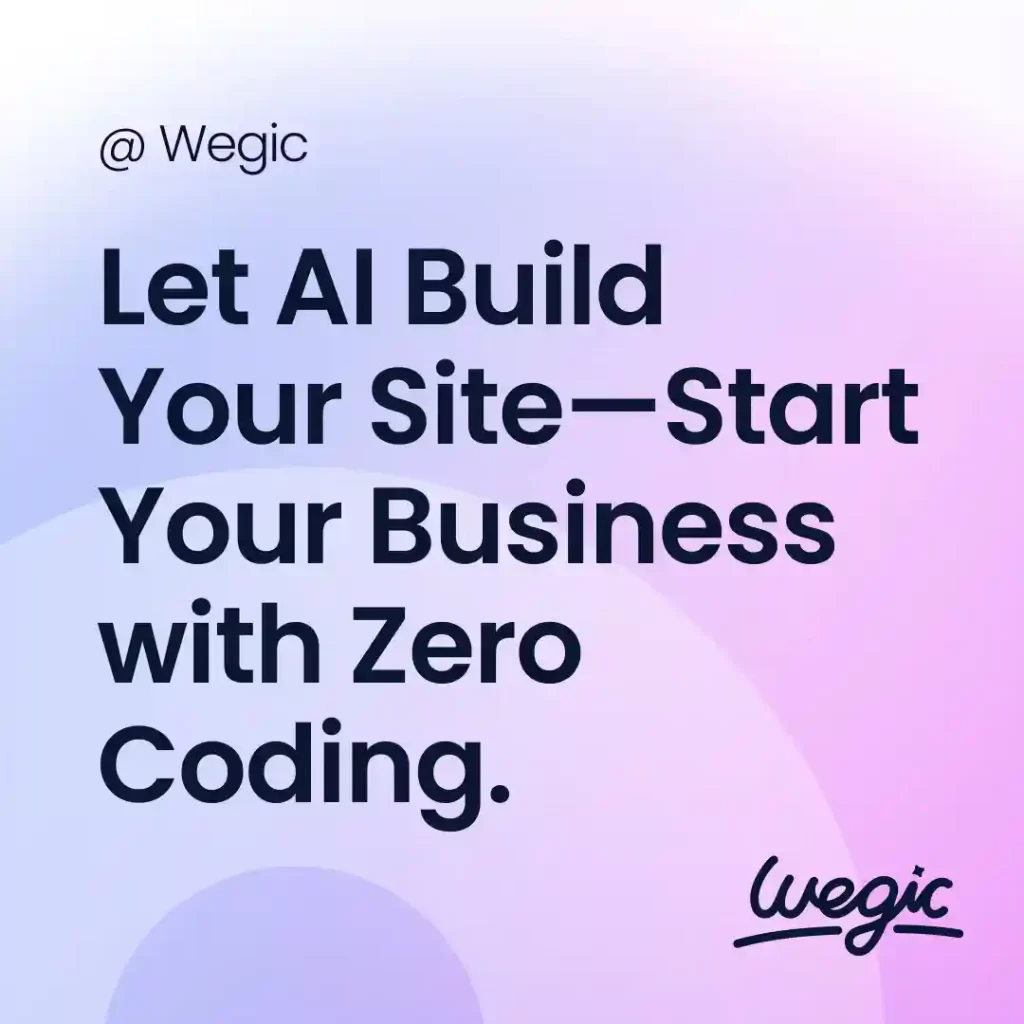The Ultimate Guide to Ecommerce Web Development Services
The Ultimate Guide to Ecommerce Web Development Services
Ecommerce Web Development Services
Cooking and baking are not only enjoyable activities, but they can also be a great way to express creativity and share delicious food with others. If you run a food blog or website, building recipes is a crucial part of your content creation. Whether you are a seasoned chef or a home cook, creating enticing and unique recipes can help you attract more visitors to your website and keep them coming back for more. Here are some tips on how to build recipes on your website that will impress your audience and keep them engaged.

Getting Started with Ecommerce Web Development Services
Ecommerce Web Development Services
One popular platform that frequently gets mentioned on Reddit for its AI website building capabilities is Wix. Wix is a user-friendly website builder that uses artificial intelligence to help users create stunning websites in a matter of minutes. The platform offers a wide range of customizable templates to choose from, making it easy to create a unique website that aligns with your brand and vision. Users can simply input their preferences and content, and let the AI technology do the rest, generating a fully functional website in no time.
Wix also offers a drag-and-drop interface, making it easy for users to customize their website design without needing to know how to code. This feature is especially useful for those who are new to website building or who prefer a more hands-on approach to design. Additionally, Wix provides a variety of tools and features to enhance your website, such as SEO optimization, e-commerce capabilities, and a mobile-friendly design.
Another AI website builder that has gained popularity on Reddit is Squarespace. Squarespace offers a sleek and modern design aesthetic, with a variety of templates to choose from that are fully customizable to suit your needs. The platform’s AI technology assists users in creating a visually appealing website that is optimized for mobile devices and search engines.
Squarespace also allows users to easily integrate e-commerce functionality into their website, making it a great option for those looking to sell products or services online. The platform offers a seamless checkout process, secure payment options, and inventory management tools to help users streamline their online store.
Both Wix and Squarespace have a strong presence on Reddit, with users frequently praising the platforms for their easy-to-use interface, AI technology, and customizable templates. Many users appreciate the ability to create a professional-looking website without the need for technical skills, while still having the flexibility to tailor their website to meet their specific needs.
In addition to Wix and Squarespace, there are several other AI website builders that have garnered attention on Reddit. WordPress, for example, offers a powerful website building platform with AI integration through plugins such as Elementor or Divi. These plugins utilize AI technology to assist users in designing and customizing their website, making it easier to create a visually stunning and functional site.
Another popular AI website builder mentioned on Reddit is Weebly. Weebly offers a user-friendly drag-and-drop interface, making it easy for users to create a website without the need for coding knowledge. The platform also provides a variety of customizable templates and features, such as e-commerce integration and SEO tools, to help users build a successful online presence.
When designing a website with SEO in mind, there are several key factors to consider. These factors include website structure, content, user experience, and technical aspects such as site speed and mobile-friendliness. By focusing on these elements, you can create a website that is not only visually appealing but also ranks well in search engine results.
Website structure is an important aspect of SEO web design. A well-organized site structure makes it easier for search engines to crawl and index your site, leading to better search engine rankings. A clear hierarchy of pages, with logical navigation and internal linking, helps search engines understand the content and relevance of each page. By organizing your website in a structured manner, you can improve the user experience and make it easier for visitors to navigate your site.
Content is another key factor in SEO web design. High-quality, relevant content is essential for attracting and engaging visitors, as well as improving search engine rankings. When creating content for your website, it’s important to use relevant keywords and phrases that users are likely to search for. By incorporating keywords strategically throughout your content, you can improve your chances of ranking well in search engine results.
User experience is also crucial in SEO web design. A website that is easy to navigate, loads quickly, and is mobile-friendly will provide a better experience for users and improve search engine rankings. In addition, user-friendly design elements such as clear calls to action, easily accessible contact information, and intuitive navigation menus can help increase user engagement and conversions.
Technical aspects of web design, such as site speed and mobile-friendliness, can also impact SEO. Search engines give preference to websites that load quickly and are optimized for mobile devices, so it’s important to ensure that your site is responsive and loads quickly on all devices. By optimizing images, minifying code, and using a content delivery network, you can improve site speed and user experience, leading to better search engine rankings.

Ecommerce Web Development Services Tips and Tricks
Ecommerce Web Development Services
In today’s digital age, having a visually appealing and user-friendly website is crucial for the success of any business. A well-designed website can help attract new customers, build credibility, and increase conversion rates. However, designing a website is not as simple as it may seem. It requires a strategic and systematic approach to ensure that the final product meets the needs and expectations of both the business and its target audience. In this article, we will discuss the website design process in detail, outlining the key steps involved in creating a successful website.
Step 1: Define the Purpose and Goals
The first step in the website design process is to clearly define the purpose and goals of the website. This involves identifying the target audience, understanding their needs and preferences, and determining the desired outcomes for the website. For example, is the website meant to generate leads, drive sales, provide information, or showcase products and services? By having a clear understanding of the purpose and goals of the website, you can better tailor the design and content to meet these objectives.
Step 2: Conduct Research
Once the purpose and goals of the website have been defined, the next step is to conduct research. This involves analyzing the competition, researching industry trends, and gathering insights into the preferences and behaviors of the target audience. By conducting thorough research, you can gain a better understanding of what works and what doesn’t in your industry, helping you make informed design decisions.
Step 3: Create a Wireframe
After conducting research, the next step in the website design process is to create a wireframe. A wireframe is a visual representation of the layout and structure of the website, showing the placement of various elements such as navigation menus, headers, footers, and content sections. Creating a wireframe allows you to plan the overall design and functionality of the website before moving on to the visual design phase.
Step 4: Design the Visual Elements
Once the wireframe has been finalized, the next step is to design the visual elements of the website. This involves creating a visually appealing and consistent design that reflects the brand identity and resonates with the target audience. Elements such as color scheme, typography, imagery, and layout are carefully considered to create a cohesive and attractive design that conveys the desired message and engages users.
Step 5: Develop the Website
After the visual design has been approved, the next step is to develop the website. This involves coding the design into a functioning website using HTML, CSS, and other programming languages. During the development phase, the website is tested for functionality, responsiveness, and compatibility across different devices and browsers to ensure a seamless user experience.
Step 6: Test and Optimize
Once the website has been developed, it is essential to test and optimize its performance. This involves conducting usability tests to identify any usability issues, testing load times to ensure fast page speeds, and optimizing the website for search engines to improve visibility and accessibility. By testing and optimizing the website, you can ensure that it meets the needs and expectations of users, leading to better engagement and conversions.
Step 7: Launch and Monitor
The final step in the website design process is to launch the website and monitor its performance. This involves deploying the website to a live server, promoting it to the target audience, and tracking key metrics such as traffic, engagement, and conversions. By monitoring the performance of the website, you can identify areas for improvement and make informed decisions to optimize its effectiveness over time.


